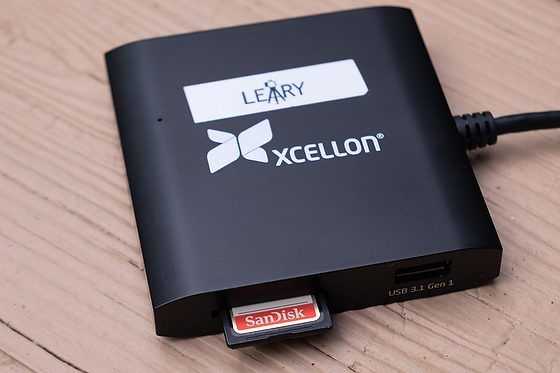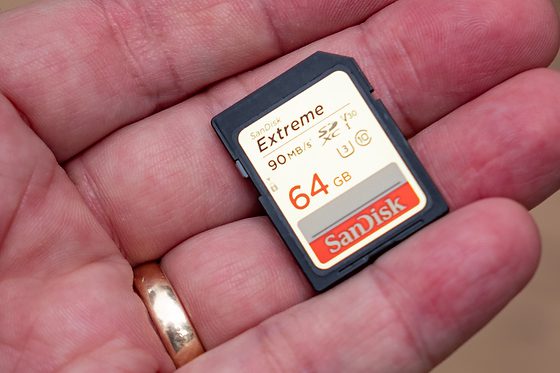I am noticing that more people are treating their DSLR or Mirrorless cameras like their phones regarding photo storage, which is a mistake.
Workflow with photos
- Take photos, preferably RAW, which are stored on your memory card in the camera.
- Take the memory card out of the camera to transfer images to a computer. Leaving in the camera and using your cable to connect to the laptop drains your camera battery, and if it goes out while moving, you can corrupt the card and lose images.
- Put the card in the card reader if your computer doesn’t have one.
- Download all the images, select all that you want to keep, and transfer those to a folder on an external hard drive. I call the folder “PROJECT NAME RAW.”
- Edit photos in Adobe Lightroom or similar software. Export the finished files as JPEGs to a folder on the external drive. I call the folder “PROJECT NAME JPEGs.”
- Make a backup of your RAW and JPEGs to another external hard drive.
- Put memory card back in camera and format in the camera.

According to a SanDisk technical support specialist:
There are two methods to erase the images stored on your memory card.
Using the camera’s menu to ‘format’ removes all files and sets up the memory card for use in the camera. ‘Delete’ (i.e., erase), on the other hand, removes one image after another. Therefore, it is a good idea to occasionally format a memory card (in the camera and not on a computer). Delete the images if you wish to clean up the memory card daily.
Formatting helps clear the card of extraneous issues from everyday use. Erasing images tells your camera that it’s okay to write over the photos already on your card. So you will not remove images but take pictures over the existing ones. This always leaves ‘traces’ of data on the card. By formatting it, you remove the images before taking new ones. So you will start with a new data-free card.
Many people have corrupted images due to deleting images on their cards because it leaves ‘traces’ of data that corrupted the photos.
There is one more method for handling images and memory cards. Keep your pictures on your card and buy new memory cards.
I know many people who buy many memory cards and use them once. This then becomes one of the backups for the images.
For example, you can buy SD Memory cards for as low as $4 for 32GB. Most of the highly rated 32-GB SD Cards hover around $15 – $20 at the time of writing this post.
Summary
When you start a new project, you want your camera’s freshly formatted memory card. You will avoid more problems with losing images rather than putting a card in the camera with pictures on it.
There is only one thing better than this practice: owning a camera with two card slots that you record the images simultaneously to two cards—either a duplicate or RAW on one and JPEGs on the other. If you are shooting something that can’t be done again, i.e., a wedding, you better have a second card slot.

